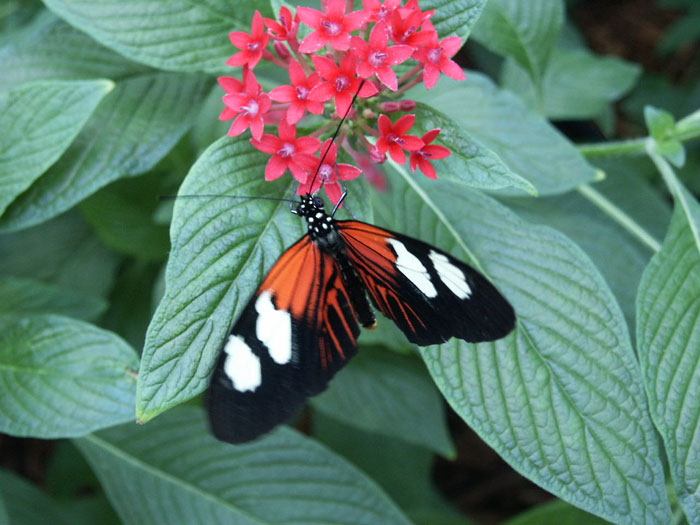Maybe you are like lots of gardeners who have noticed fewer bees in the landscape. Or maybe you have noticed vegetables like squash and cucumbers are not setting as many fruits as they used to. This could be due to a lack of pollinators. You too probably hear that honeybee populations have decreased but did you know they are not the only pollinators available?
Gardeners have learned to depend on honeybees but they are not native to the new world. Certainly before they arrived with the early settlers, plants were being pollinated by other native bees, wasps, flies, moths, butterflies and more. They are still in the area but often need to be invited to visit your landscape. The best way to make them feel at home is with colorful flowers and plants they like. When they come in to visit, they are naturally going to visit all the flowers including those in the vegetable patch.
Pollinators are most likely to stop by if the plants they like are growing in clusters several feet in diameter. These are more likely to be more attractive spots to visit. You might stage these displays in or near the vegetable garden. Also, plant to have flowers opening throughout the entire growing season. This may be year-round locally as something is always producing in the garden.
Try to reduce pesticide use among all plantings. Only use the least toxic product first to gain control of pests. Remember some can be hand picked from the plants. Also note, many of the pollinators look harmful, so have questionable insects identified before you reach for the pesticide. They may be some of our good bugs.
Plan to plant lots of the flowers pollinators like. Some that invite them to stop by include many herbs like chives, basil, dill and fennel. Remember you have to usually let them bloom to be effective. Some good traditional flowers include the wild mustards, blanketflower, butterfly flower, coreopsis, cleome, marigold, salvia, sunflower, sweet almond and zinnia. Usually any colorful plant will do.
Now here is something we also need to think about. The pollinators have to live somewhere. Often they nest among trees and shrubs or in the ground. Soon gardeners are going to be seeing solitary bees nesting the sandy ground. Try to tolerate these insects as they are reluctant to sting and only around for a few weeks.

